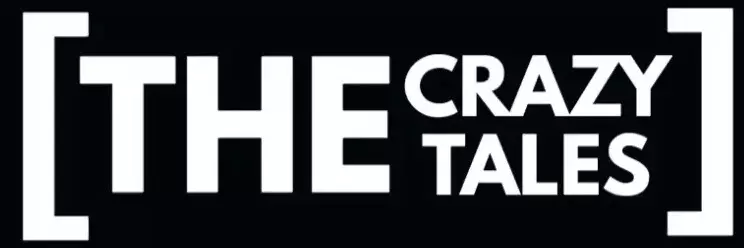From One Internet Launch to 900 Million Users: How 15 August 1995 Changed India Forever

On the rainy morning of 15 August 1995, as the Indian flag rose into the sky, another quiet but powerful revolution was beginning. That day, India took its first big step toward becoming a digital nation. Videsh Sanchar Nigam Limited (VSNL) officially launched the Gateway Internet Access Service (GIAS), opening the internet to the public for the very first time.
This moment placed India among the early players in the global internet race. Today, 30 years later, over 900 million Indians use the internet daily — for banking, shopping, education, entertainment, and staying in touch through social media, messaging, and video calls. What was once a luxury is now a basic need, but few remember how this journey began.
Before the Internet Boom: The BBS Era
India’s internet story didn’t start overnight. Before 1995, digital connections existed in small tech communities, long before the internet was officially available. One of the earliest examples was the Bulletin Board System (BBS), where computers connected using phone lines and modems.
In 1989, brothers Suchit and Anish Nanda started Live Wire! BBS (LWBBS) from their bedroom in Mumbai’s Powai. It became the first and largest BBS in the Indian subcontinent, linking users across the country through the global FidoNet network.
Suchit Nanda actively campaigned for public internet access in India and worked with VSNL leadership to make it possible. His company was one of the first to get an internet license from the Department of Telecommunications (DoT). Nanda also created innovations like internet set-top boxes that let people browse the web on their TV, in partnership with companies like Samsung and Intel.
Before 1995, internet access in India was limited to special groups — ERNET for educational institutes, NICNET for government offices, and STP for tech parks. The public launch by VSNL broke this barrier.
The First Launch: Limited but Historic
When GIAS began, it was available only in Mumbai, Delhi, Chennai, Kolkata, and Pune. Bangalore joined a few weeks later. Customers could either use dial-up connections or leased lines for businesses.
However, the capacity was tiny — just 16 or 32 dial-up lines — and there were only four Class C IP addresses from APNIC. Neeraj Sonker, then General Manager of Internet Services at VSNL, recalls the challenge of scaling up with such limited resources.
Expanding to Tier 2 Cities
In 1996, the DoT ordered VSNL to bring internet services to state capitals and smaller cities. The team set up Points of Presence (POPs) across India and connected them via 64 kbps satellite links. They introduced better routing systems, improved billing, and expanded customer support — all while dealing with the growing demand and criticism from early users.
Helping People Get Online: The Internet User Guide
To make the internet easier to understand, VSNL launched an Internet User Guide in 1997. The idea came from Suchit Nanda, who brought in Stanford Professor Dr. Raj Mehta to write it.
Dr. Mehta became something of a legend — answering 50–60 calls a day from people struggling with basic issues like slow downloads or calls cutting the internet connection. Between 1997 and 1999, VSNL printed and distributed 20,000 copies of the guide. Later, it was shared on CD-ROMs.
Building a Digital Community
Even without social media, communities began to form. The Internet User Club of India, led by actor Shammi Kapoor, along with tech leaders like Vijay Mukhi and Miheer Mafatlal, met regularly with VSNL to share feedback and ideas. Many members later became successful entrepreneurs in India’s growing internet economy.
The Legacy and Future
By the year 2000, India had 8 lakh internet users, plus thousands of businesses and software companies connected. The internet had transformed communication, information sharing, and opportunities.
Today, as India moves into the era of 5G, AI, and advanced digital technology, it’s worth remembering the pioneers who made it all possible — the innovators, dreamers, and tech enthusiasts who, on that rainy Independence Day in 1995, opened the door to a connected future.


